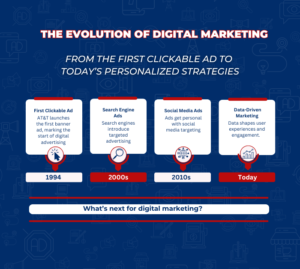
Mastering SEO and the Evolution of Clickable Ads in Digital Marketing
Digital marketing has transformed dramatically over the decades. From the emergence of clickable banner ads to today’s data-driven, personalized strategies, the field has evolved into an essential component of modern business. As companies embrace new technologies and platforms, the digital marketing landscape continues to innovate, reshaping how businesses connect with consumers.
This blog explores the key milestones in digital marketing history, examining how these advancements have contributed to the sophisticated strategies we use today. By understanding these developments, businesses can stay ahead of trends and adapt their approaches to thrive in the ever-changing digital world.
The Birth of Clickable Banner Ads: A Turning Point in Digital Advertising
In 1994, the first clickable banner ad debuted on the internet, revolutionizing the advertising industry. AT&T launched this groundbreaking ad on HotWired, one of the earliest online magazines. This innovation allowed businesses to reach a broader audience and track user engagement, a significant leap from traditional advertising formats like print and television.
The success of AT&T’s banner ad paved the way for businesses to embrace online advertising. It demonstrated the potential for measurable results and marked the beginning of digital marketing as a viable advertising medium. Although banner ads were revolutionary, they were merely the starting point for a much larger transformation.
How Search Engine Marketing Changed the Game
The 2000s brought the rise of PPC ads, led by Google AdWords (now Google Ads). Businesses can now bid on specific keywords to appear in relevant search results, ensuring their ads reach users actively searching for their products or services.
Unlike broad banner ads, SEM provides precision targeting, cost efficiency, and measurable ROI. Today, SEM continues to evolve with automated bidding, audience segmentation, and advanced tracking tools—making it a cornerstone of high-performing marketing strategies.
The Rise of Social Media Ads: Personalization Takes Center Stage
By the 2010s, social media platforms like Facebook, Twitter, and Instagram had emerged as powerful tools for marketers. Social media advertising has introduced unprecedented levels of personalization, allowing businesses to target users based on demographics, interests, behaviors, and locations.
Facebook’s sophisticated ad targeting options set a new standard, enabling businesses to reach highly specific audiences and drive conversions more effectively. Social media has also popularized native advertising—ads designed to blend seamlessly with organic content—which resulted in more engaging and less intrusive marketing.
As platforms like Instagram and TikTok continue to dominate, social media advertising remains a key component of digital marketing strategies. These platforms offer unparalleled opportunities for brands to connect with audiences through creative and personalized campaigns.
The Power of Data-Driven Marketing
In recent years, data-driven marketing has become the foundation of successful digital strategies. By analyzing vast amounts of data from sources like website analytics, customer behavior, and social media interactions, businesses can create highly targeted and personalized campaigns.
Data-driven marketing empowers businesses to:
- Segment audiences: Tailor messages based on factors like past purchases and browsing history.
- Enhanced personalization: Deliver ads that align with individual preferences.
- Optimize campaigns: Use insights to improve performance in real time.
The integration of artificial intelligence (AI) and machine learning has further advanced data-driven marketing. These technologies enable predictive analytics, automated workflows, and dynamic content personalization, driving stronger customer engagement and higher ROI.
What’s Next for Digital Marketing?
The evolution of digital marketing has been marked by groundbreaking innovations, from the first clickable ad to the rise of AI-driven strategies. As new technologies and platforms continue to emerge, businesses must adapt to remain competitive.
Future trends in digital marketing include:
- Voice search optimization: Adapting strategies for voice-activated devices.
- Augmented reality (AR) ads: Creating immersive brand experiences.
- Blockchain technology: Enhancing transparency and security in digital advertising.
By understanding digital marketing’s history and staying informed about emerging trends, businesses can navigate the ever-changing landscape and connect with their audiences effectively. Whether leveraging advanced analytics, exploring new platforms, or adopting cutting-edge tools, the key to success lies in continuous innovation and adaptability.
Final Thoughts
The journey of digital marketing showcases the power of innovation in reshaping how businesses engage with consumers. From clickable banner ads to data-driven strategies, the field has evolved to offer unparalleled opportunities for connection and growth. By embracing these advancements, businesses can build lasting relationships, drive meaningful results, and thrive in the dynamic world of digital marketing.
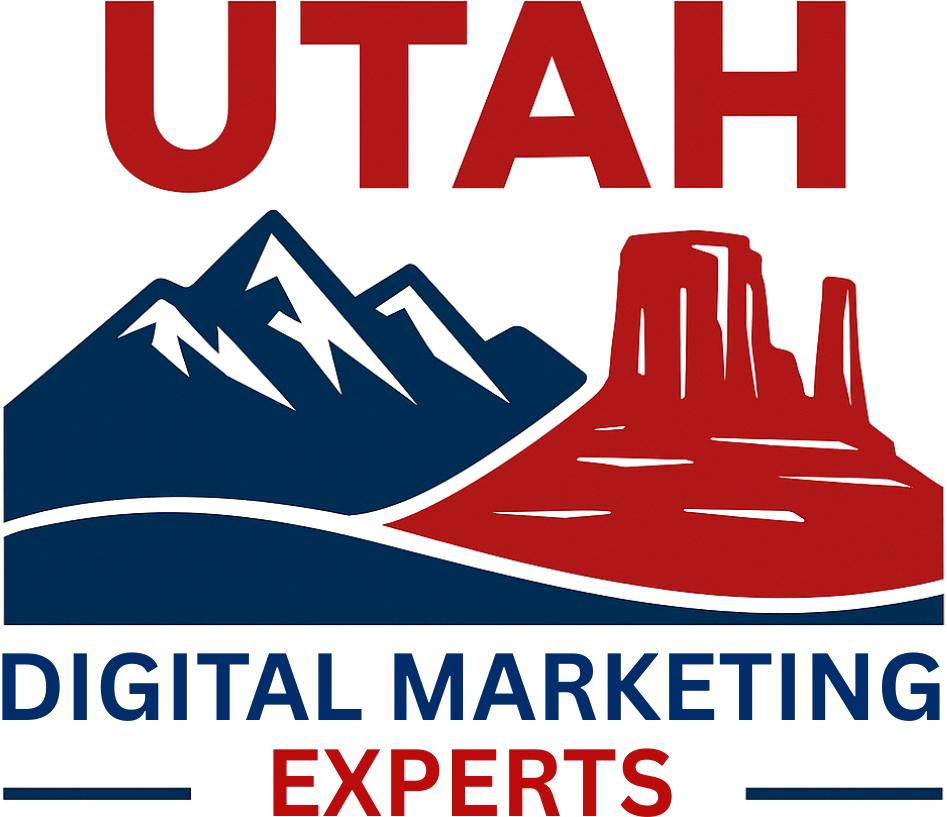
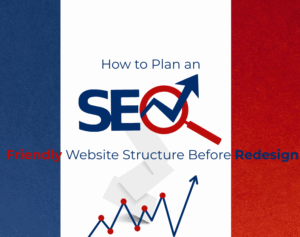
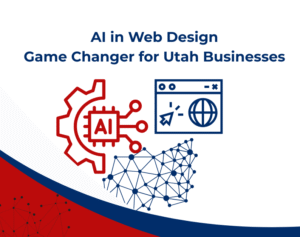

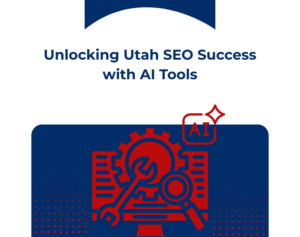
![Best Utah SEO Companies in [year] – Top Agencies for SEO Services - OnToplist.com](https://www.ontoplist.com/images/ontoplist51.png?id=68509bc1b7782)